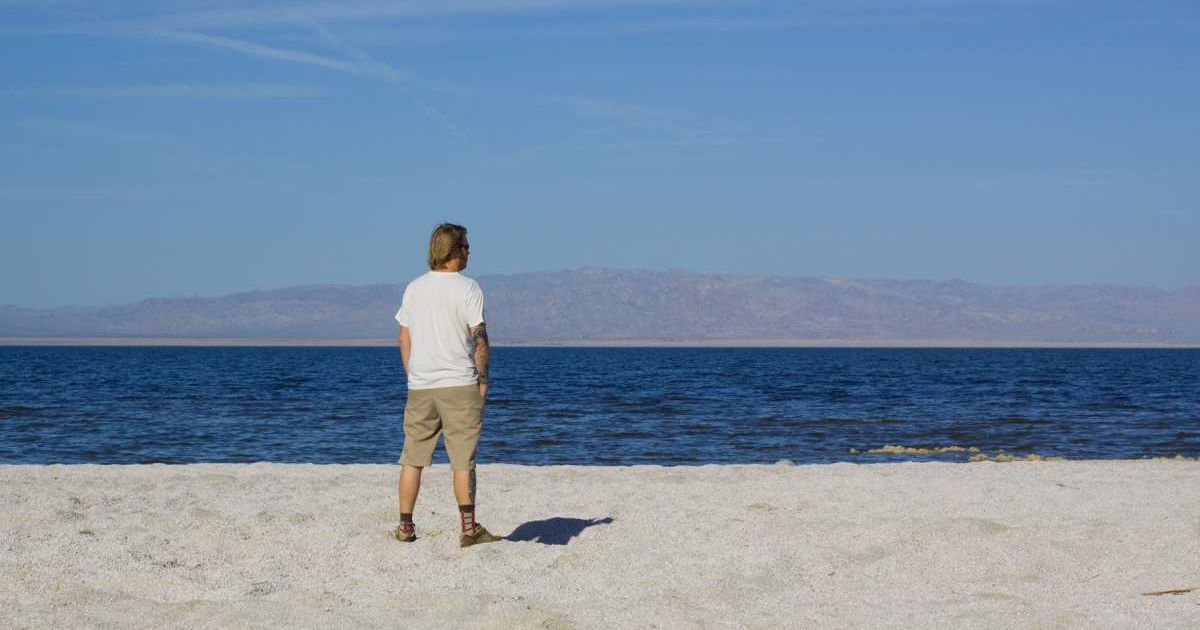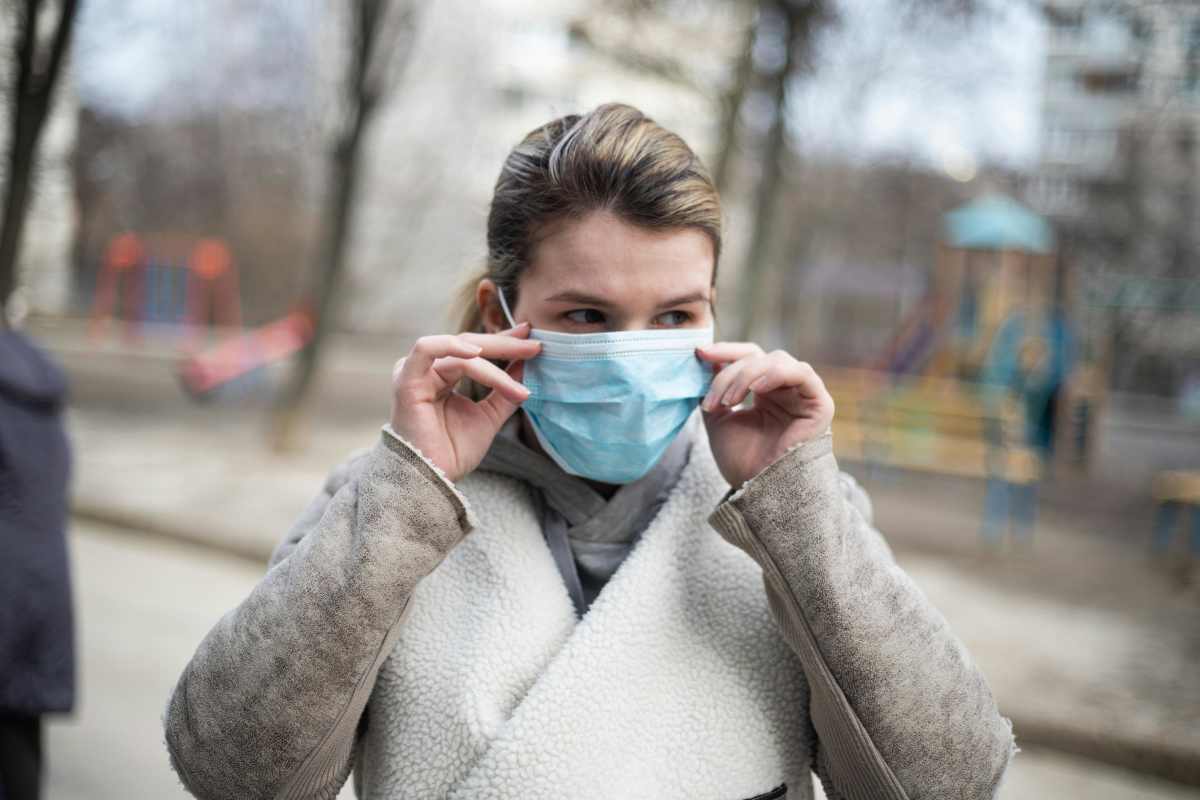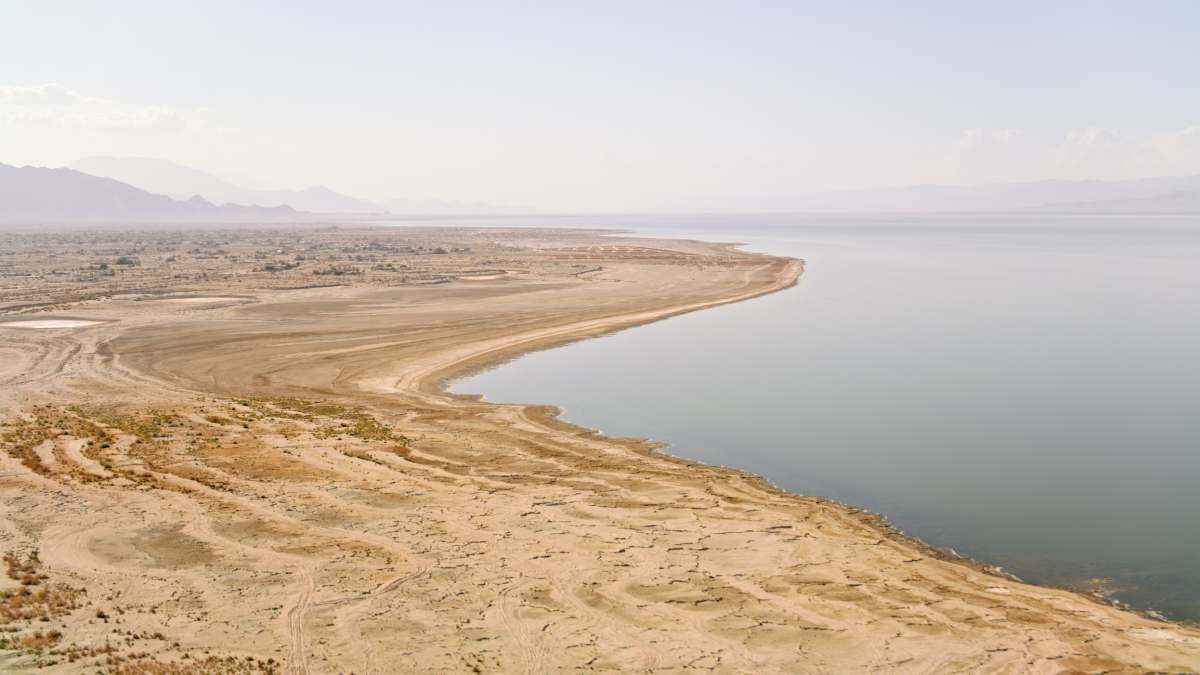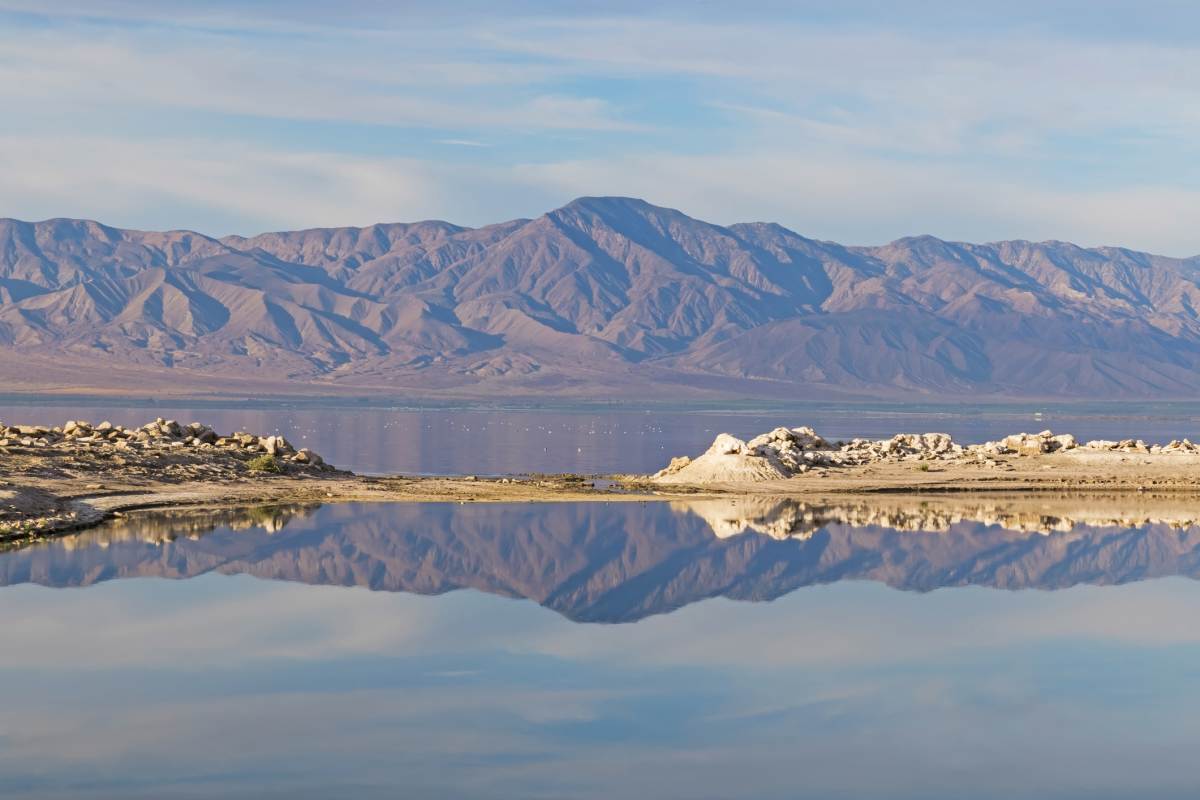California’s Salton Sea Dust Is So Toxic That It Poses a Huge Threat to Your Lungs in Just a Week

Many of our planet’s once-beautiful natural wonders are gradually becoming major health hazards. As lakes dry, glaciers melt, and forests burn across the world, they release toxic dust, chemicals, and smoke that cause serious harm to the people living in the nearby areas. For instance, California’s Salton Sea, which was once a massive endorheic lake, is drying at an alarming rate—leaving behind far more than just an unpleasant odor in the process. A group of scientists and researchers from the University of California, Riverside, has discovered that dust from the exposed lakebed contains some hazardous particles that can harm the microscopic ecosystem present within human lungs.

Until this discovery, any change in lung microbes was often linked to certain infections or genetic disorders. But now, the new study has uncovered that such changes can also be triggered by environmental exposure. The findings of the research were revealed in a study titled, ‘Lung microbiomes’ variable responses to dust exposure in mouse models of asthma.’ It was published in the journal mSphere. In the research process, scientists exposed healthy mice to the dust collected near the Salton Sea and witnessed a few major effects. It transformed the microscopic community living inside their body and disrupted their normal immune functions, as reported by Phys.org.

When the mice inhaled the toxic dust, two harmful bacterial species—Pseudomonas and Staphylococcus—multiplied rapidly inside their body. Both these notorious species are well-known for causing respiratory inflammation. Additionally, the most affected samples had plenty of bacteria that make LPS, a residue known to trigger immune responses. Mia Maltz, a mycologist and one of the lead authors of the study, spoke of this and said, “Even Salton Sea dust filtered to remove live bacteria or fungi is altering what microbes survive in the lungs. It is causing deep changes to our internal environment.”

David Lo, a professor of biomedical sciences and another author of the study, also claimed, "Our lab studies discovered that the dust generated at the Salton Sea can have significant health effects, especially in the lung, and it is likely a major factor in the high incidence of asthma in the nearby communities.” Emma Aronson, a microbiologist and study author, said that while such intense microbial shifts are often seen in people with cystic fibrosis or other infections, the mice reportedly had no such pre-existing conditions. She said, “This was a clean slate, and it still happened."

Meanwhile, even before the research process began, the scientists had a feeling that the environment might be quietly harming the human lungs. When out in the field, gathering dust from the Salton Sea’s dry, cracked surface, some of the experts began feeling discomfort in their lungs, as reported by Discover Magazine. Talyssa Topacio, a co-author of the study, said, “Our lab has definitely felt the effects of the heat, dustiness, and pungent air while out there on field work.” Furthermore, experts are now planning to check whether other exposures, like smoke, exhaust, or vaping aerosols, are capable of causing similar situations.
More on Green Matters
Here Are 5 Major Causes of Water Pollution
The Plastic Water Pollution Crisis Is Most Dire in These 5 Countries